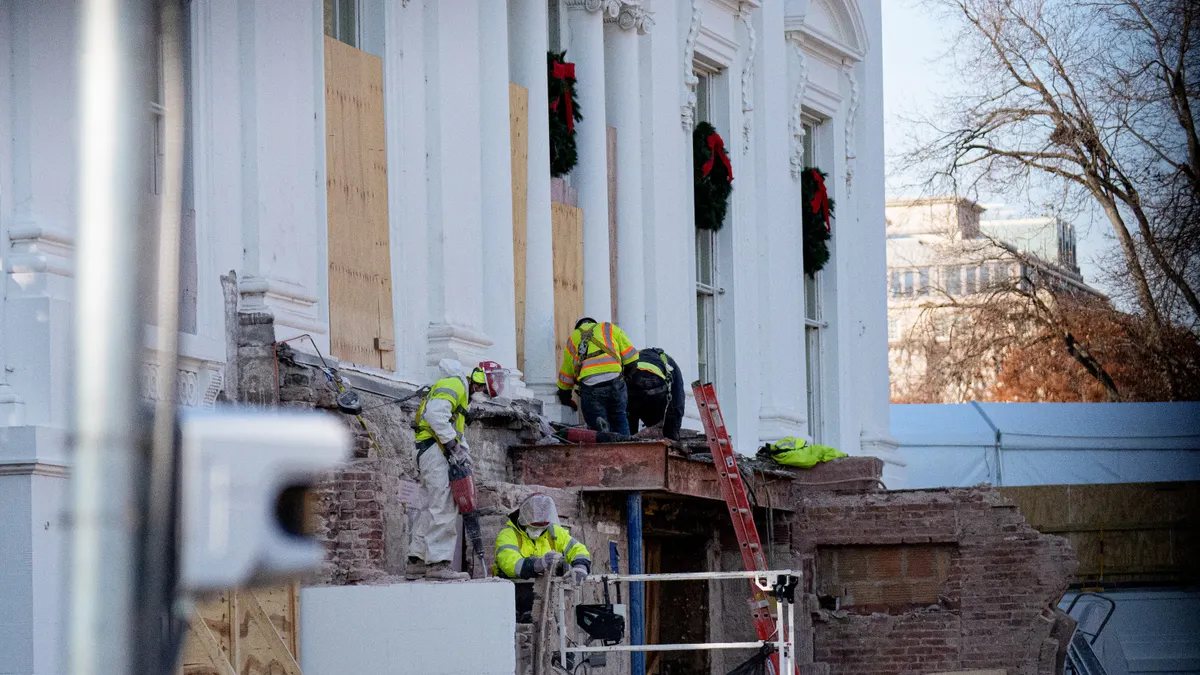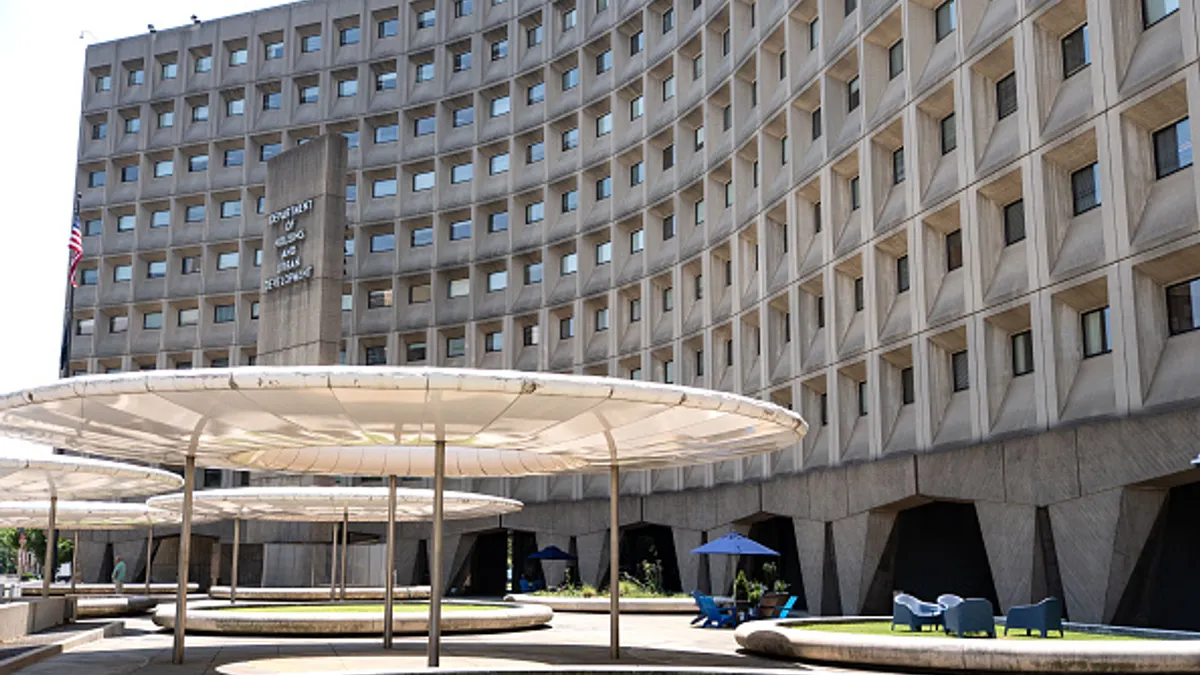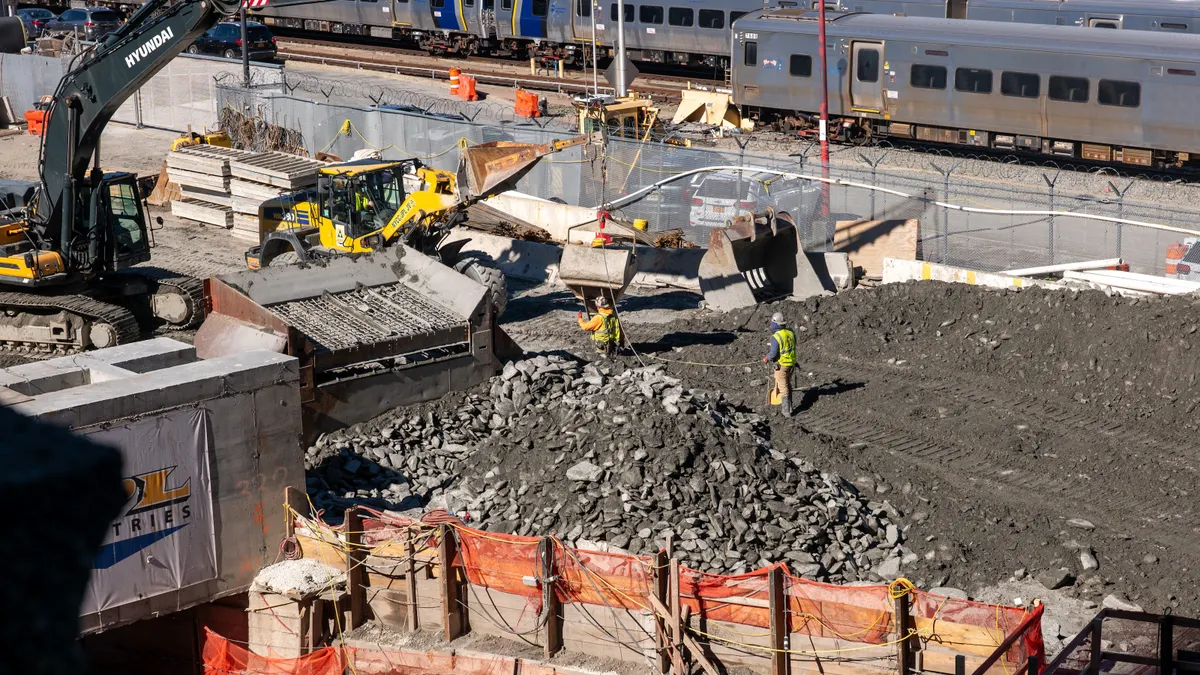Construction is a dangerous business. Working with cranes and other pieces of heavy, high-risk equipment is standard operating procedure, and one slip with the many hazardous tools like chainsaws or screw guns could result in a life-changing injury, or worse. Construction workers are placed in perilous situations every day, from the bottom of a trench to rooflines several stories high, all of which require vigilance on behalf of employers and employees alike to reduce the chance of work site tragedies.
And the last few years have had no shortage of construction-related tragedy. In August 2015, Jeramie Gruber, a worker on the Minnesota Vikings' U.S. Bank Stadium in Minneapolis, slipped while he was working on the roof and fell five stories to his death. OSHA cited both general contractor Mortenson Construction and Gruber's employer Berwald Roofing for safety violations and fined the two a total of $173,400, but both companies have contested the OSHA action.
Two other cases from several years ago also saw multimillion-dollar court awards this year. In February, a Texas jury awarded $54 million to a construction worker killed during a Texas A&M renovation, and, just last week, a California court awarded $16 million to the family of a worker killed when he fell while building a 30-foot wall at a wastewater plant.
While significant monetary judgments hit contractors in the pocket, there seems to be a growing willingness on the part of prosecutors to pursue criminal charges against companies who allegedly knowingly exposed their employees or other workers on a job site to dangerous conditions resulting in a serious injury or death.
A case with wide implications for the industry
While the Manhattan District Attorney's Office is not the first to pursue criminal charges against a contractor, its recent conviction of Harco Construction in the 2015 trench collapse death of Carlos Mancayo has garnered significant industry attention.
In June, a New York Supreme Court judge found the company guilty of second-degree manslaughter, criminally negligent homicide and reckless endangerment in the 22-year-old's death and sentenced Harco to pay for an English-Spanish public service announcement about construction safety. Harco's attorney said it would not pay for the ad campaign but instead will be filing an appeal. Mancayo's employer, Sky Materials Corp., as well as individuals from both Sky and Harco, await trial in the matter.
Attorney Brian Gardner, chairman of the Construction Services Department at Cole Schotz in New York City and also Sky's attorney in the Mancayo incident, said everyone at Sky and those associated with the case have been saddened by the worker's death.
While he could not comment on the specifics of the Sky case, Gardner said that a prosecutor's challenge is to determine whether a company is reckless or whether an accident was simply an unfortunate result of dangerous working conditions. "Construction has always been a dangerous field," he said. "Accidents are always going to happen, and what makes it criminal? That's the difficult part."
A surge in prosecution of construction cases
But is there an environment of increasing enforcement by prosecutors?
General enforcement seems to be on the rise, from the Occupational Safety and Health Administration, as well as from other agencies, according to Elan Parra, construction industry investigator and managing director at Lemire in New York. "There is an increase in injuries and an increase in deaths," Parra said, "and …the logical next move on the part of a lot of these municipalities is that they're increasing enforcement in response to that."
"It's the law of averages," said Erik Ortmann, partner at Kaufman Dolowich & Voluck in New York. "The more work that's going on, the more likely it is that something will happen." It's not just because someone has done something wrong necessarily, he said, but there is more of an opportunity for accidents. This fact, combined with increased enforcement and a renewed focus on safety, naturally results in more enforcement activity, Ortmann said.
OSHA's new penalty and fine structure took effect this month, with a 78% increase in fines across the board, and there has been heightened attention to safety violations by the agency in a run up to that implementation. In addition, the Harco case reportedly was one of the reasons the Manhattan DA's office formed its construction fraud task force last year.
Who holds the responsibility on a job site?
However, construction is an inherently dangerous industry. Where is the line between accident and criminal liability?
In most cases, Ortmann said, it comes down to knowledge and willfulness. "If a company is in the practice of willfully disregarding the health and safety of their employees, that’s a far cry from a circumstance where an accident has occurred," he said. That is really where the line can be drawn.
The problem with a construction site, Ortmann said, is that there are so many "cooks in the kitchen" that it's difficult to determine where exactly the blame lies. "General contractors, subcontractors, engineers, designers, owner activity — these are all these things in play, so to say that one party bears responsibility much more than somebody else is not the easiest thing to do," he said. "Who do you point the finger at and say, 'This person is responsible?'"
Even worse, he said, is trying to determine whether someone is responsible to the point of criminal liability. "It's a real challenge from a prosecutorial standpoint," Ortmann added.
However, when an accident happens, both OSHA and prosecutors would most likely take into consideration whether the contractor has multiple violations or is a first-time offender. "Not all cases are created equal," he said.
Parra said the decision of whether or not to prosecute is driven by the facts of each case. Was the contractor on notice? Did they have information of violations of safety regulations in the course of the project that should have been remediated? Did anyone turn a blind eye to their responsibilities? Parra said he believes the emerging message in prosecutions is that everyone is responsible for safety on a project, from employees all the way up to construction managers. Accidents, he said, are often the result of "a collective failure" and that is where regulatory enforcement and prosecution focuses its efforts.
While current fines for corporate convictions in New York are minimal, Gardner said there can be other serious ramifications for a company. Individual employees, particularly supervisory personnel, can be indicted; banks can call lines of credit and loans; some licenses can be in jeopardy; insurance policies can be canceled; or workers' compensation rates can go sky high. Of course, the most serious consequence is significant jail time for the individuals who are charged.
Can harsh sentencing lead to positive change in the industry?
However, as far as sentencing goes, Gardner said one of the most interesting aspects of the Harco case is the "creative and potentially productive" sentence of paying for a PSA. "I was encouraged by that," he said.
"In that case," Parra said, "the judge is affirmatively trying to craft a disposition that really is geared towards trying to get the message out there about safety, and that really is a good mark of what the industry and what the lawmakers and all the people that are involved in this issue are trying to get at."
Another positive, Gardner said, is the fact that cases like the Harco case often jolt smaller contractors into getting their shops in order, sometimes out of fear of prosecution but often times out of wanting to do the right thing. "Most owners are caring," Gardner said, "and they don't want somebody to get hurt." He emphasized that it's a challenge for prosecutors to draw that line between accident and criminal act.
Parra agreed that as a result of cases like Harco's, companies will take a harder look at their own safety programs and perhaps even hire outside help if necessary. "I think that's part of what enforcement generally strives to try to accomplish," he said. "It's about trying to really cultivate change in the industry more than anything else."


















